Tumor incidence in dogs in Germany
Characterization of a tumor entity is based on the precise histopathological diagnosis considering the signalment of the diseased animal. The present study is a comprehensive, up-to-date statistical investigation on the type, frequency and breed distribution of neoplasia in dogs in Germany.
The histopathological datasets of 109,616 German canine tissue samples (2014-2019) were processed and statistically examined in retrospect. Non-neoplastic diseases were found in 38,650 samples (35.3%) and 70,966 neoplasms (64.7%) were diagnosed. The most common neoplasms were mammary tumors (21.9%), benign epithelial skin tumors (15.4%), mast cell tumor (9.7%), histiocytoma (7.0%), soft tissue sarcoma (5.8%), lipoma (5.8%), melanocytic tumors (5.2%) and odontogenic tumors (4.7%). In general, beagles, Magyar vizslas, boxers, schnauzers, spaniels, French bulldogs and golden retrievers had an increased risk of neoplasia (odds ratio 1.17-1.46; all: P ≤0.001) compared with crossbreed dogs.
Boxers, golden retrievers, rottweilers and schnauzers were often affected by malignant neoplasms, whereas some breeds — West Highland white terrier, Magyar vizsla, chihuahua, dachshund and Yorkshire terrier — were frequently affected by numerous benign tumor types. Despite the known risk of hemangiosarcoma in German Shepherd Dogs, other malignant tumors were rare in this breed.
Depending on the type of tumor, some purebred dog breeds can have an increased, reduced or identical risk for certain neoplasms compared with crossbreeds. In conclusion, discussion of breed predispositions to tumor diseases must therefore be conducted critically and with a view to clinical relevance.
Heike Aupperle-Lellbach, et al. “Tumour Incidence in Dogs in Germany: a Retrospective Analysis of 109,616 Histopathological Diagnoses (2014-2019).” J Comp Pathol. 2022 Sep 2;198:33-55. doi: 10.1016/j.jcpa.2022.07.009.






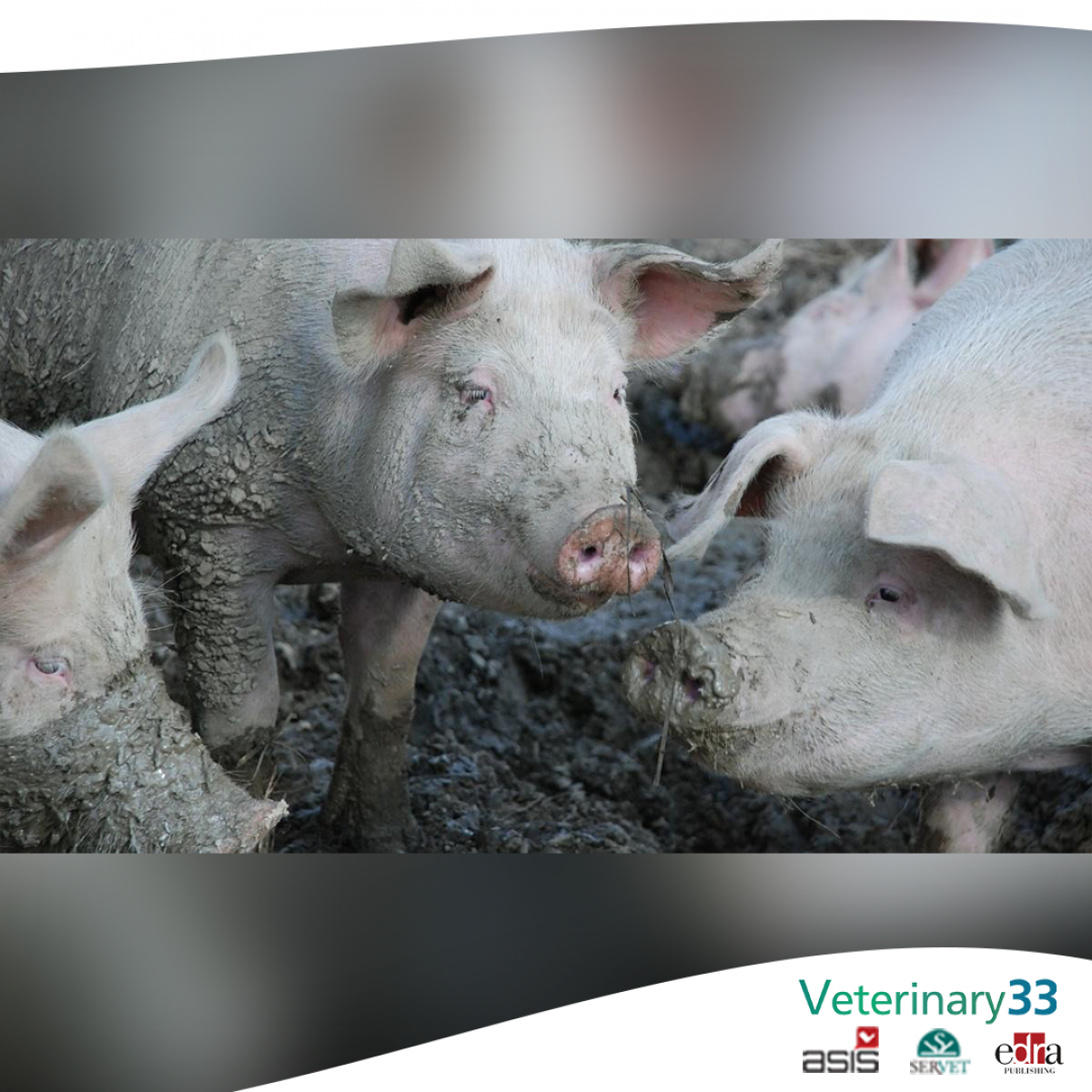
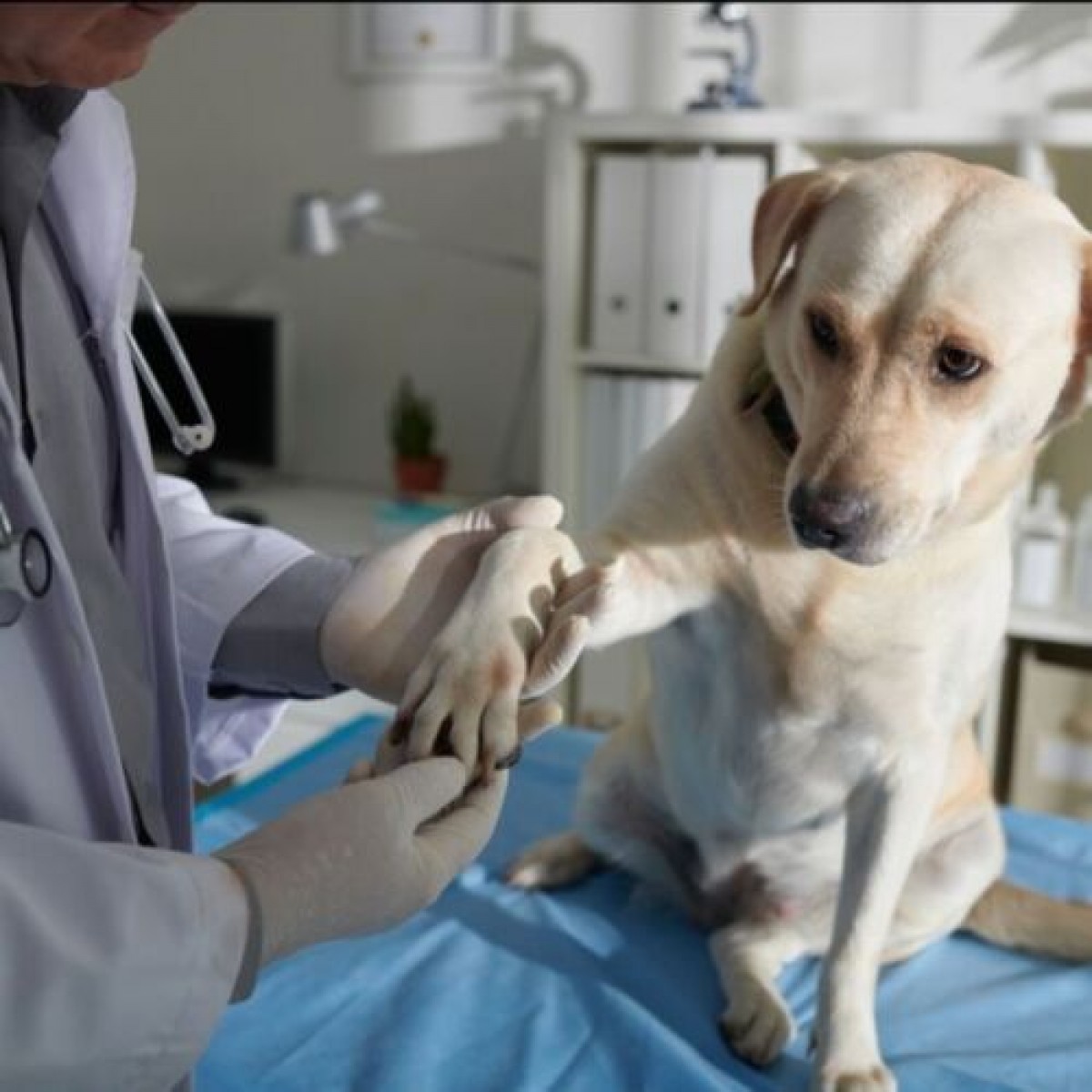
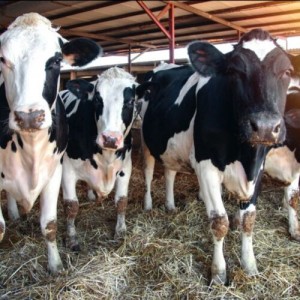
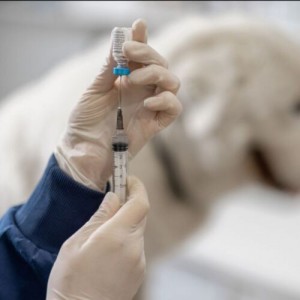
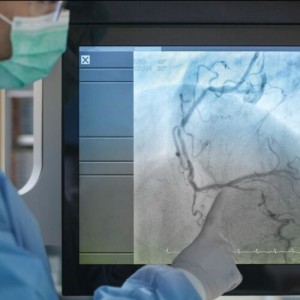

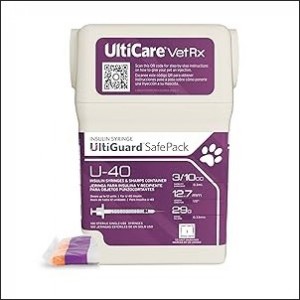

List
Add
Please enter a comment